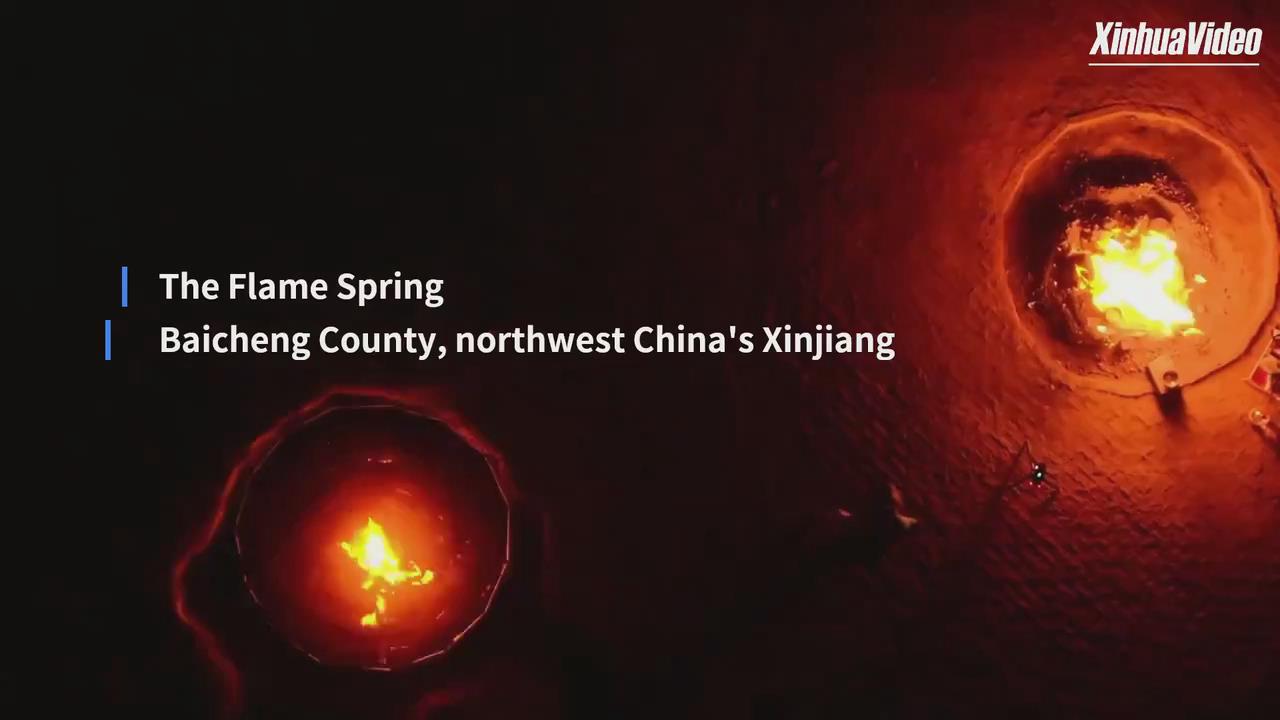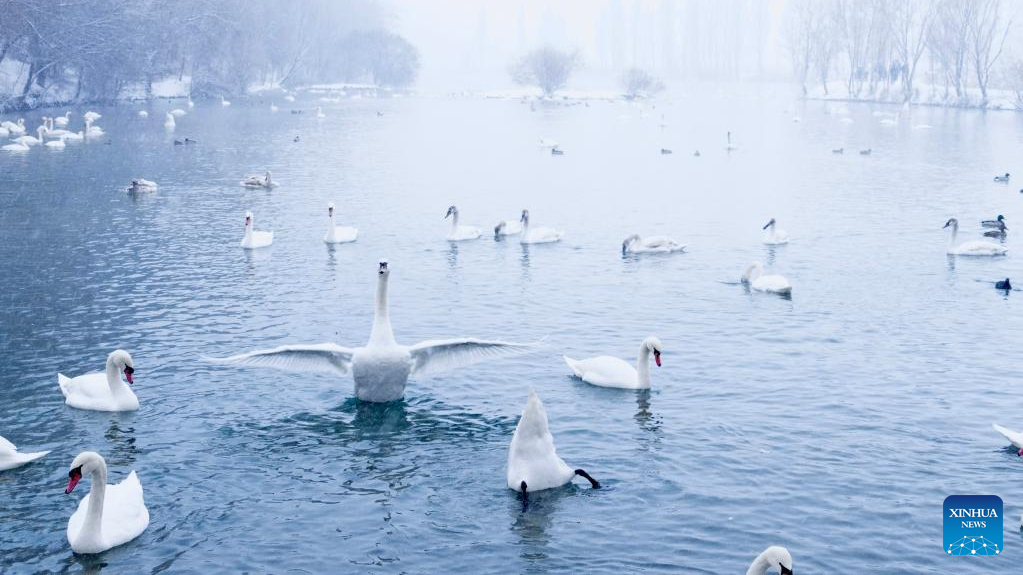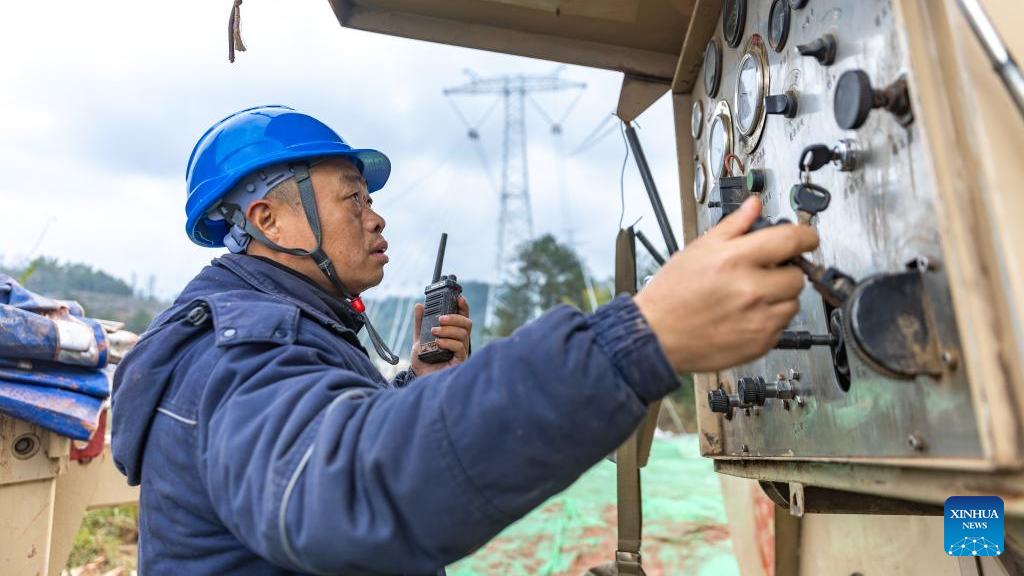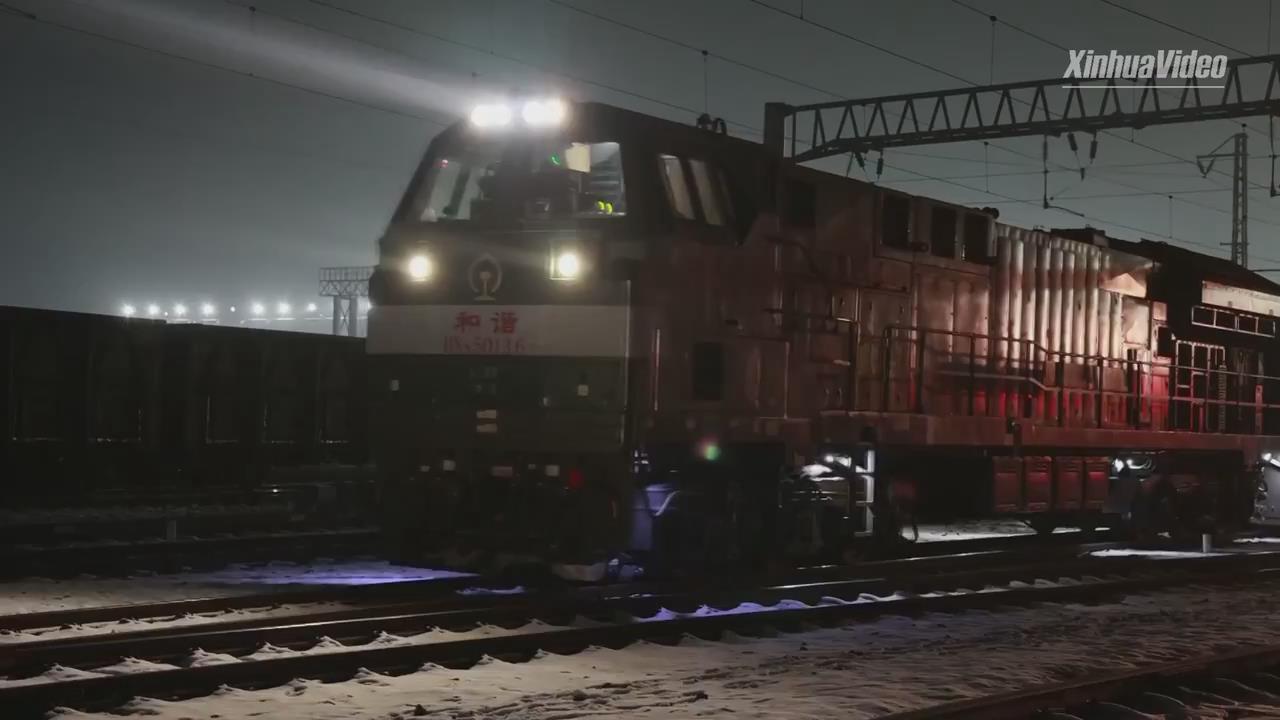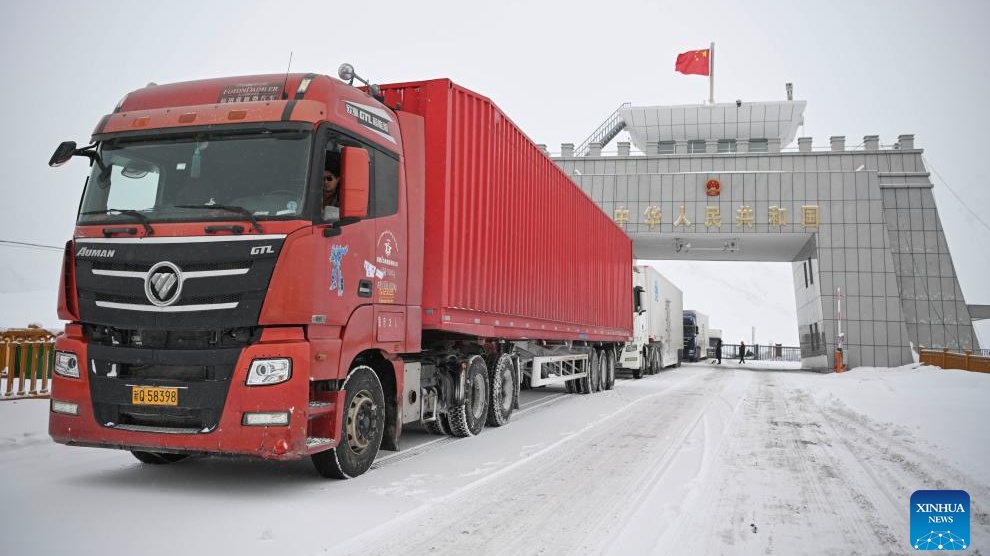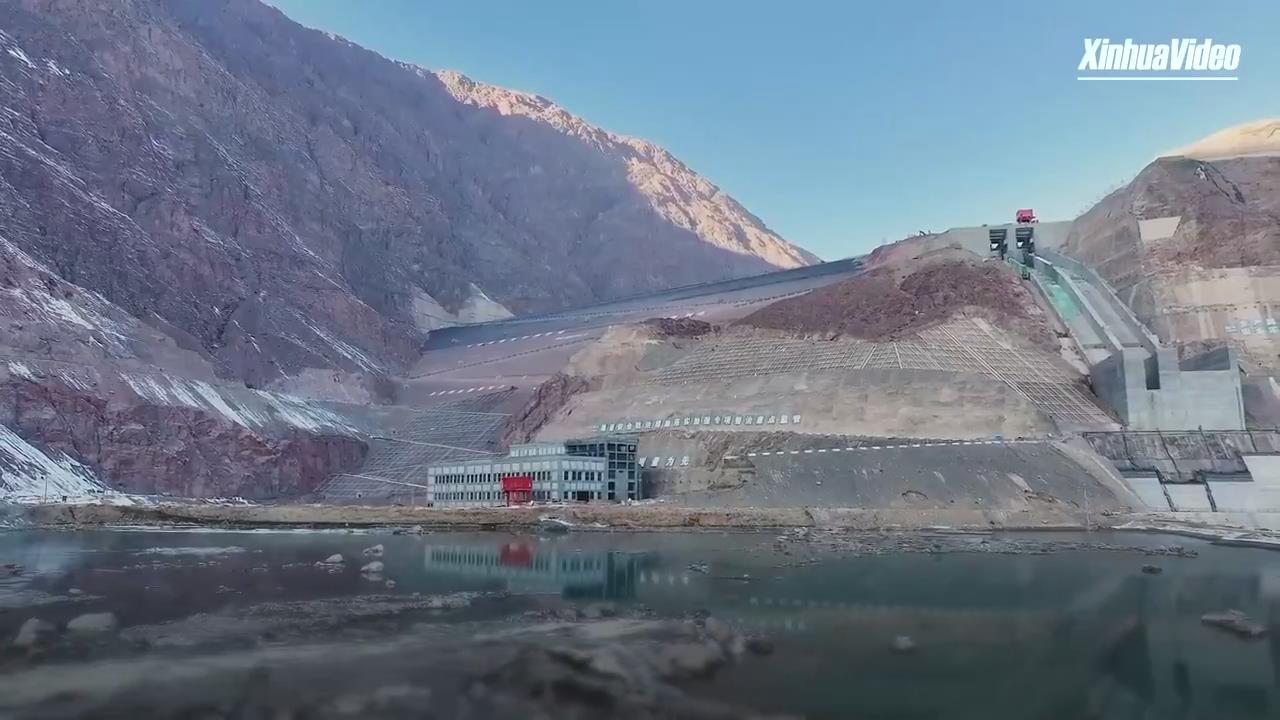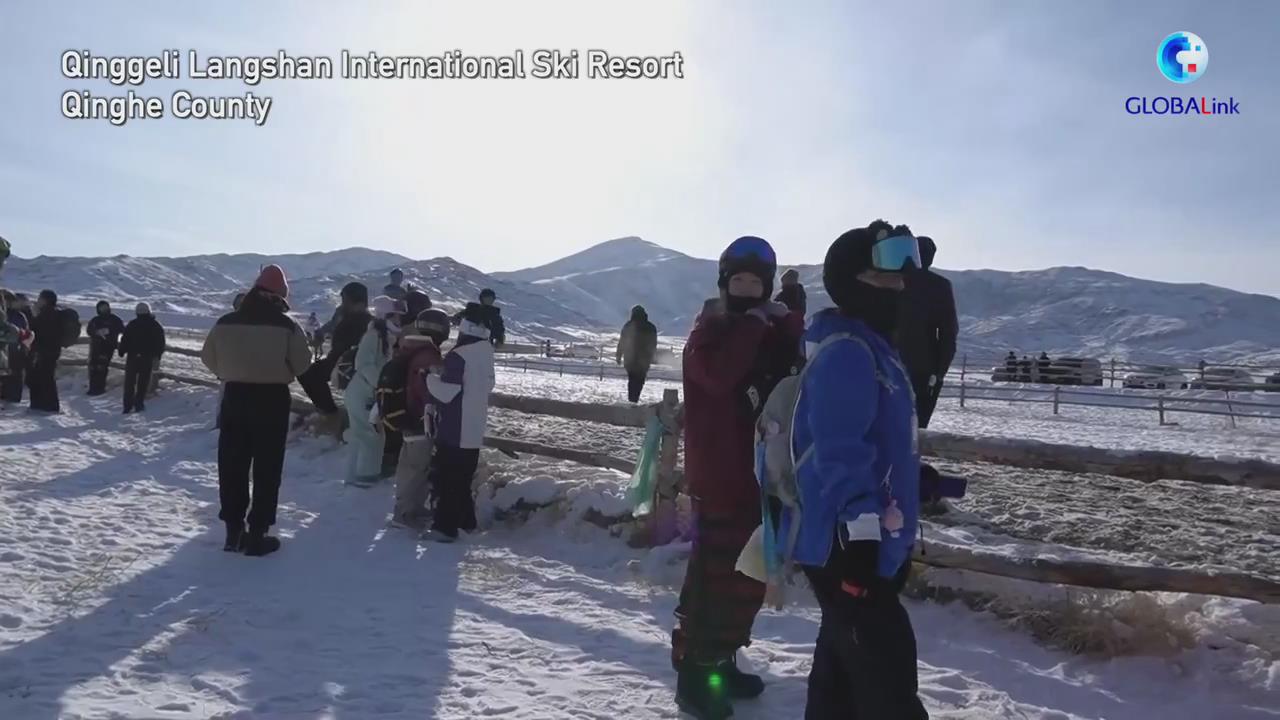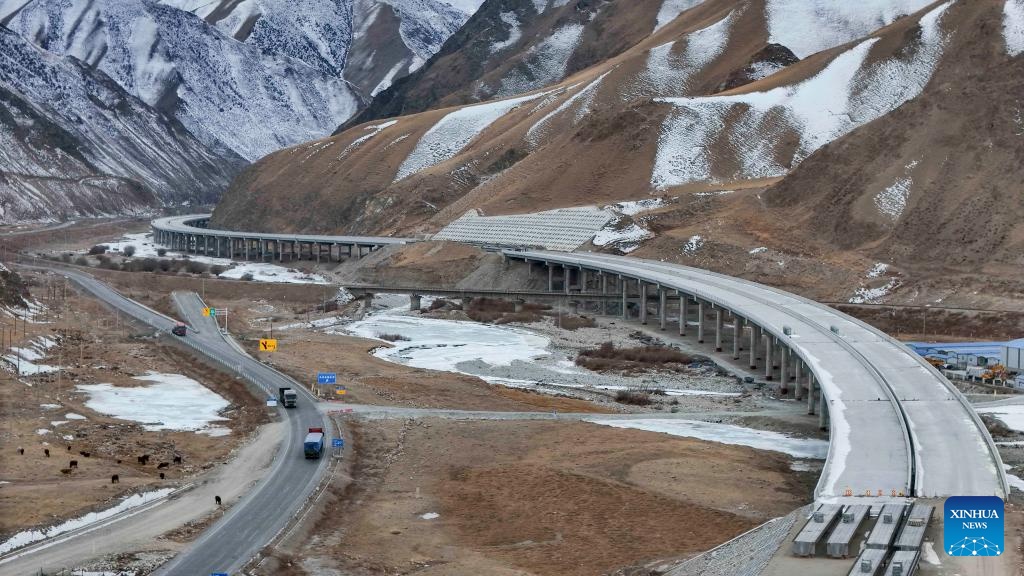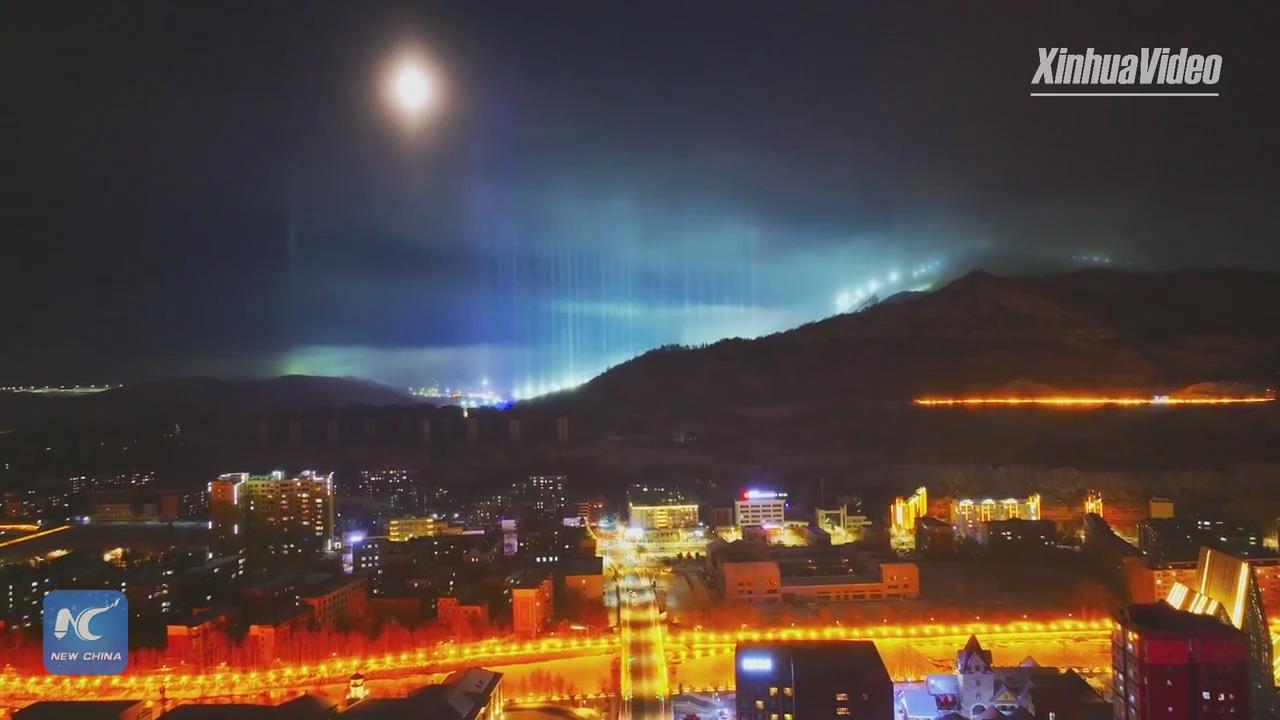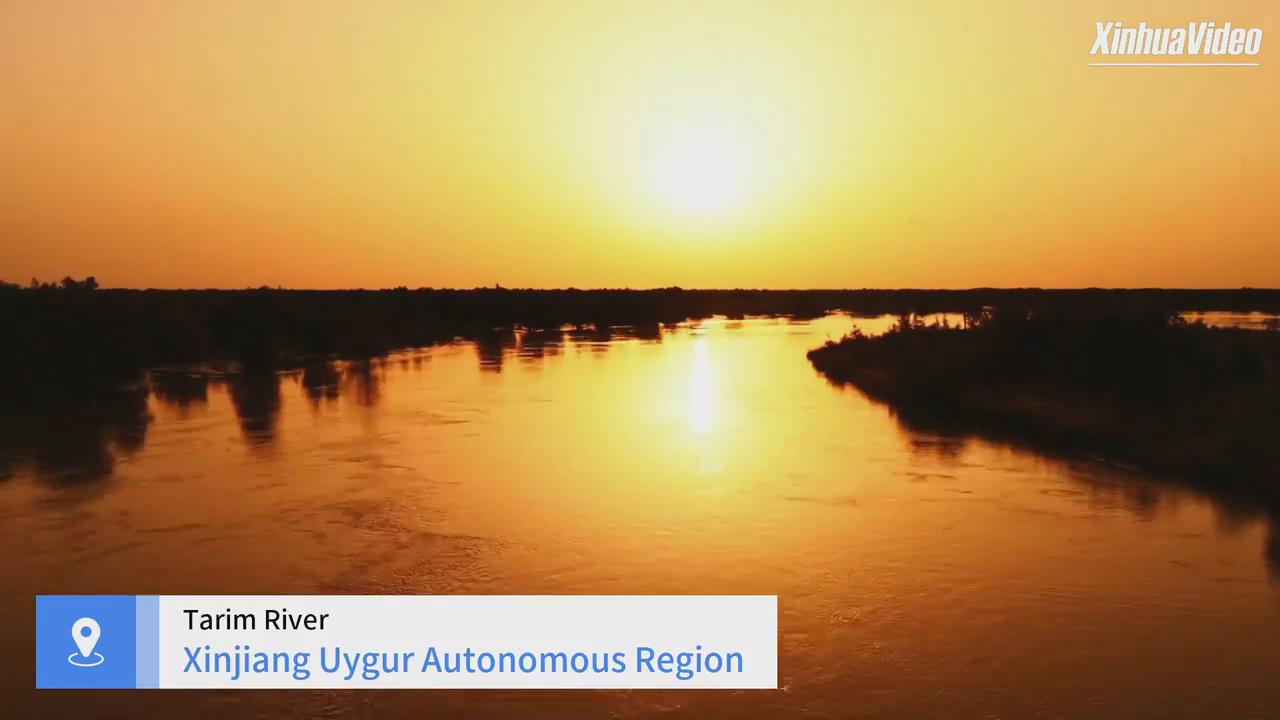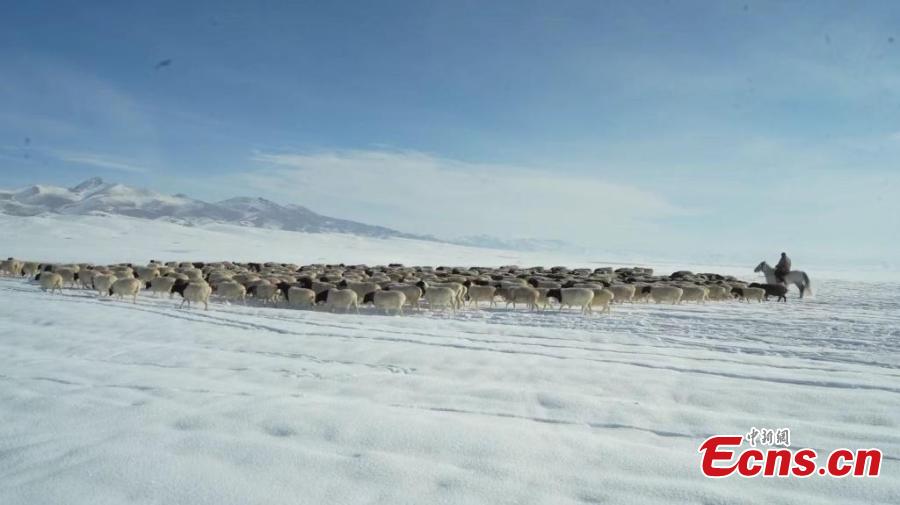
Visitors select jewelry at the booth of Pakistan during the 8th China-Eurasia Expo in Urumqi, northwest China's Xinjiang Uygur Autonomous Region, June 27, 2024.(Xinhua/Chen Shuo)
When I walk around the exhibition halls of the 8th China-Eurasia Expo, currently ongoing in Urumqi, the regional capital of Xinjiang Uygur Autonomous Region, I feel like a historical scene has come alive.
The region, historically known as a crucial hub on the ancient Silk Road, is again welcoming a flood of entrepreneurs from across the globe.
In front of me, the crowded and bustling halls are piled dizzily with commodities and state-of-the-art equipment, and business representatives come here with the same purpose -- to forge more partnerships, collaborations and exchanges.
Xinjiang's current prosperity cannot be achieved if not for the painstaking efforts to safeguard its stability.
Leveraging its unique geographical advantages, the region has committed to expanding high-level opening up, building itself into an important corridor linking Asia and Europe and a gateway for China's opening up in the west.
At the expo, I met Ralko Katsiaryna, a representative from a Belarusian dairy enterprise.
"Our products are very well-received by Chinese clients," Katsiaryna told me with satisfaction. Expressing her hope to establish partnerships with more Chinese companies at the expo, she added: "There's a fruitful future to cooperate."
When we parted, the Belarusian representative proudly displayed her Chinese language skills, expressing her desire to frequent China for future expos and cultivate longstanding friendship with the country.
Katsiaryna's company is one of over 1,900 participants at the expo, themed "New Opportunities of Silk Road, New Vitality for Eurasian Cooperation." Running from Wednesday to Sunday, the expo has attracted participants from 50 countries, regions and international organizations, showcasing over 6,000 varieties of products.
It is a microcosm of Xinjiang's broader efforts to open up to the world.
Over the past decade of Belt and Road cooperation, Xinjiang has engaged in economic and trade cooperation with 192 countries and regions, established 51 international sister-city relationships, and achieved air connectivity with 23 cities in 19 countries.
At the expo, Khanati Bektmubayev, from Kazakhstan, told me that as China and Kazakhstan deepen bilateral cooperation in infrastructure, transportation between the two countries has become much more convenient, boosting trade and personnel exchanges.
"My business partners in neighboring countries are looking forward to more convenience and opportunities when the China-Kyrgyzstan-Uzbekistan railway project is completed," said Bektmubayev, who has attended the expo four times.
Since 2011, seven sessions of the China-Eurasia Expo have been held, yielding fruitful results and becoming a key platform for high-quality Belt and Road cooperation.
Today, the expo has become an important platform for businesses seeking to explore new opportunities in both the domestic and international markets.
Xinjiang itself is a beneficiary of such exchanges. Over the past two years, Xinjiang's total import and export volumes have surged by 57 percent and 45.9 percent, respectively.
The potential is still huge. Established in November last year, the Xinjiang pilot free trade zone, along with various international trade fairs held regularly in Xinjiang, will further open the region to the global market, unleashing more business possibilities.
As Li Xuan, an official at the regional department of commerce, stated at the expo, "Xinjiang is opening its arms to welcome global enterprises to share the vast Chinese market."


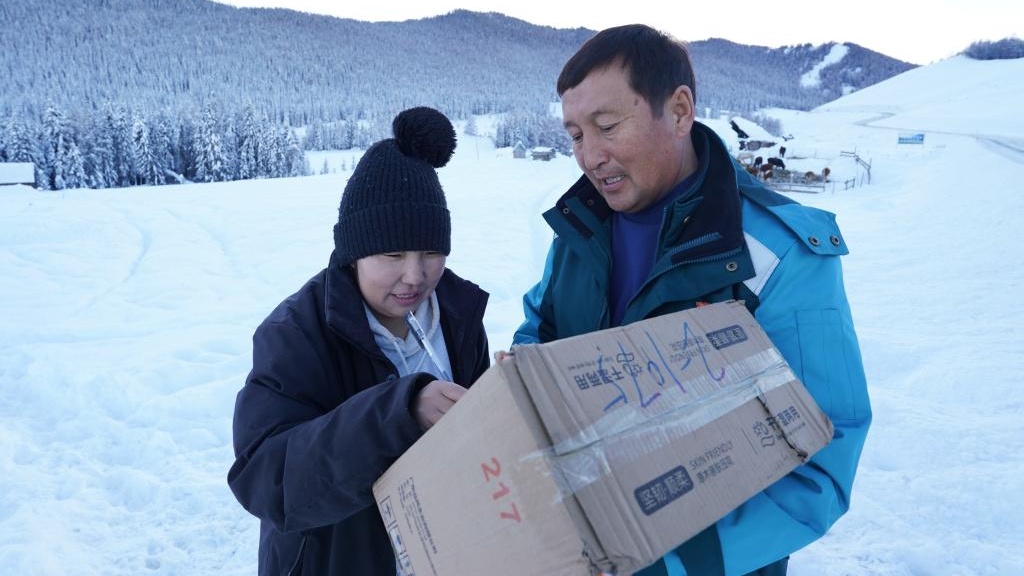


.png)

